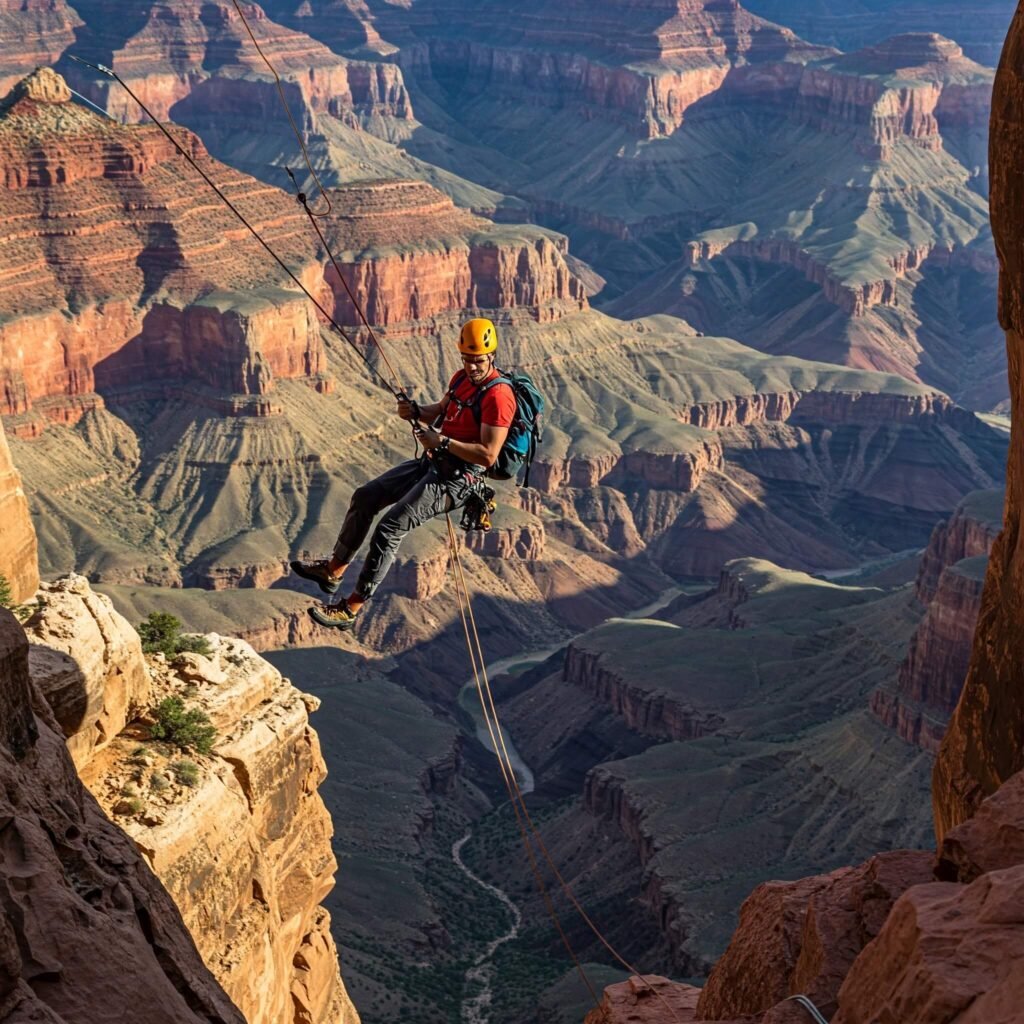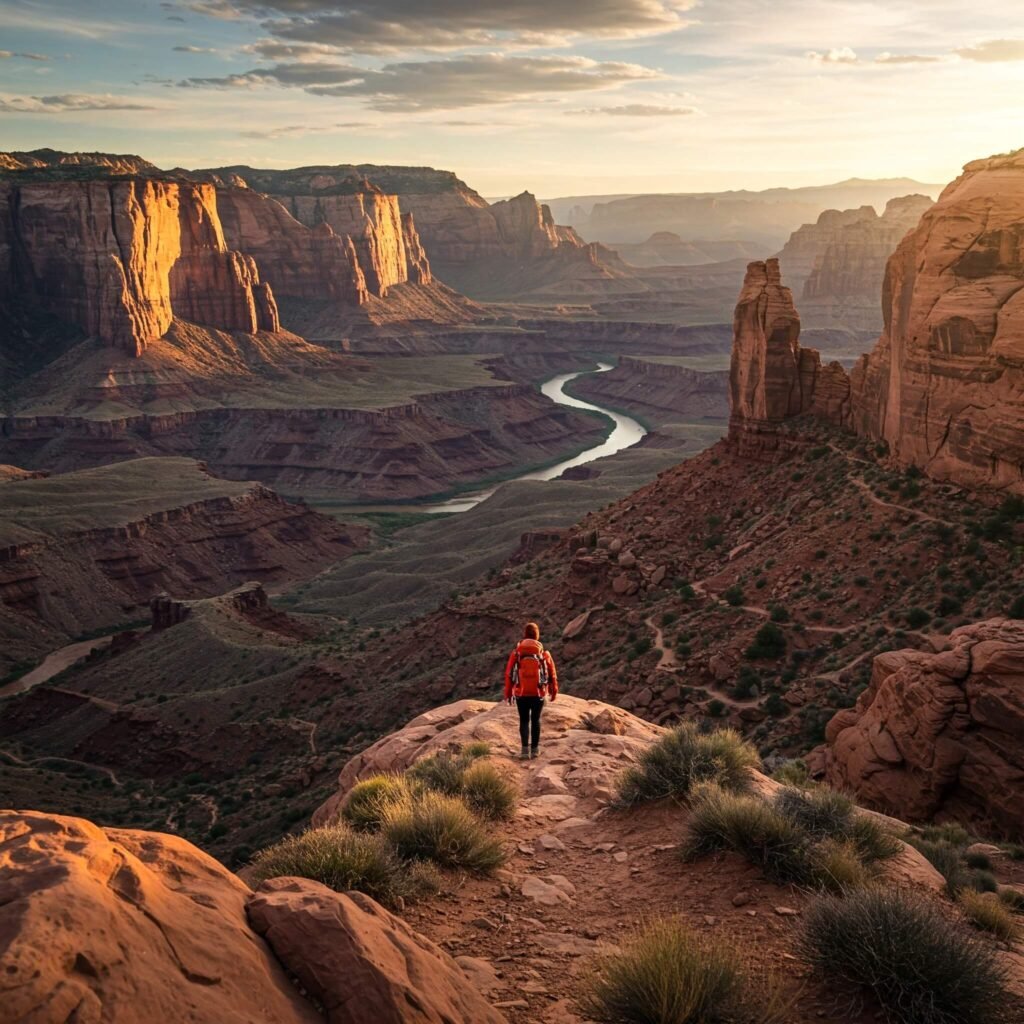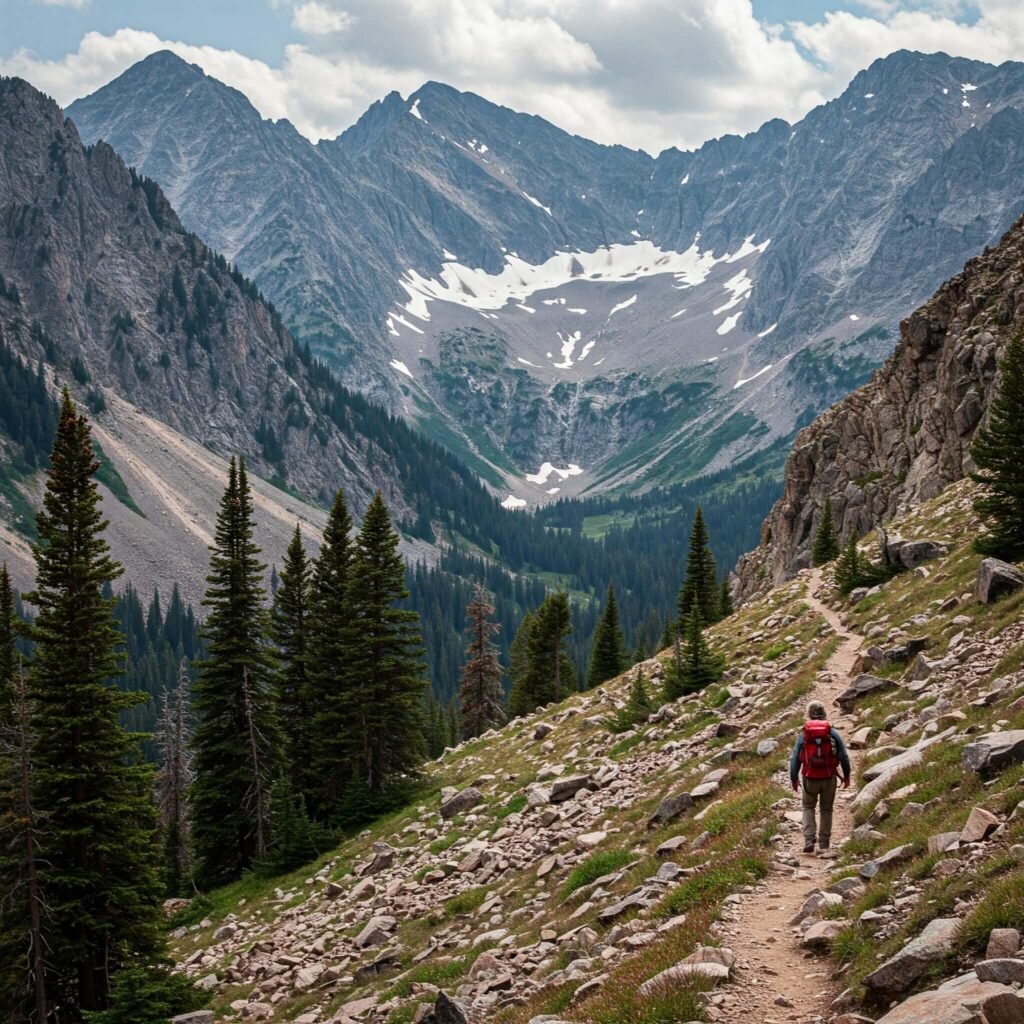
Are you ready to push your limits and explore the untamed beauty of America? Extreme adventure travel offers an adrenaline-pumping escape from the ordinary, taking you to remote locations and challenging your physical and mental fortitude. Venturing into the wilderness requires careful planning and the right mindset. This comprehensive guide provides essential tips and invaluable insights to ensure a safe, rewarding, and ultimately unforgettable journey into the heart of remote locations perfect for extreme adventure.
Choosing Your Adventure: Remote Locations in America for Extreme Travel
America’s vast and varied landscape is a playground for extreme adventure travel enthusiasts. From towering peaks to deep canyons, the opportunities for exploration in remote locations are endless. Here are a few top destinations that promise unforgettable experiences:
- Yosemite National Park, California: A mecca for rock climbing and challenging hiking trails amidst granite cliffs and giant sequoia trees. Yosemite National Park
- Grand Canyon National Park, Arizona: Offers thrilling white-water rafting expeditions down the Colorado River and strenuous hiking adventures into the canyon’s depths. Grand Canyon National Park
- Yellowstone National Park, Wyoming: Explore a unique geothermal landscape with opportunities for backcountry hiking and wildlife encounters in a truly remote location. Yellowstone National Park
- Zion National Park, Utah: Famous for its narrow slot canyons, offering incredible canyoneering and challenging river hikes through breathtaking scenery. Zion National Park

Essential Gear for Extreme Adventures in Remote Locations
When embarking on extreme adventure travel, your gear can be a lifesaver. Choosing the right equipment ensures safety and enhances your comfort in remote locations. Here’s a checklist of essential adventure gear:
- Navigation: Reliable GPS device with offline maps, a traditional map and compass, and the knowledge to use them effectively.
- Clothing: Layering is key – moisture-wicking base layers, insulating mid-layers, and a durable, waterproof and windproof outer shell, along with sturdy hiking boots suitable for varied terrain.
- Safety: A comprehensive first-aid kit equipped for wilderness emergencies, high SPF sunscreen, insect repellent suitable for the region, a reliable headlamp or flashlight with extra batteries, and a signaling device like a whistle.
- Tools: A versatile multi-tool, durable water bottles or a hydration pack with sufficient capacity, a method for water purification (filter or tablets), and a reliable fire-starting kit in a waterproof container.
Critical Tips for Safe and Successful Extreme Adventure Travel
Venturing into remote locations for extreme adventure travel demands meticulous preparation and a focus on safety:
- Plan Meticulously: Thoroughly research your chosen destination, paying close attention to potential hazards, weather patterns, and terrain. Obtain all necessary permits and inform someone of your itinerary and expected return time.
- Prioritize Physical Fitness: Ensure you possess the required physical conditioning for the planned activities. Train adequately beforehand to minimize the risk of injury.
- Invest in Comprehensive Travel Insurance: Secure travel insurance that specifically covers adventure activities and medical evacuation from remote locations.
- Develop a Detailed Emergency Plan: Establish a clear communication plan for emergencies. Know the location of the nearest medical facilities and how to contact emergency services from your intended remote location. Carry a satellite communication device if cell service is unreliable.
- Consider Certified Guides: For high-risk activities such as technical climbing or white-water rafting, engaging experienced and certified guides is highly recommended for your safety and enhanced experience.





